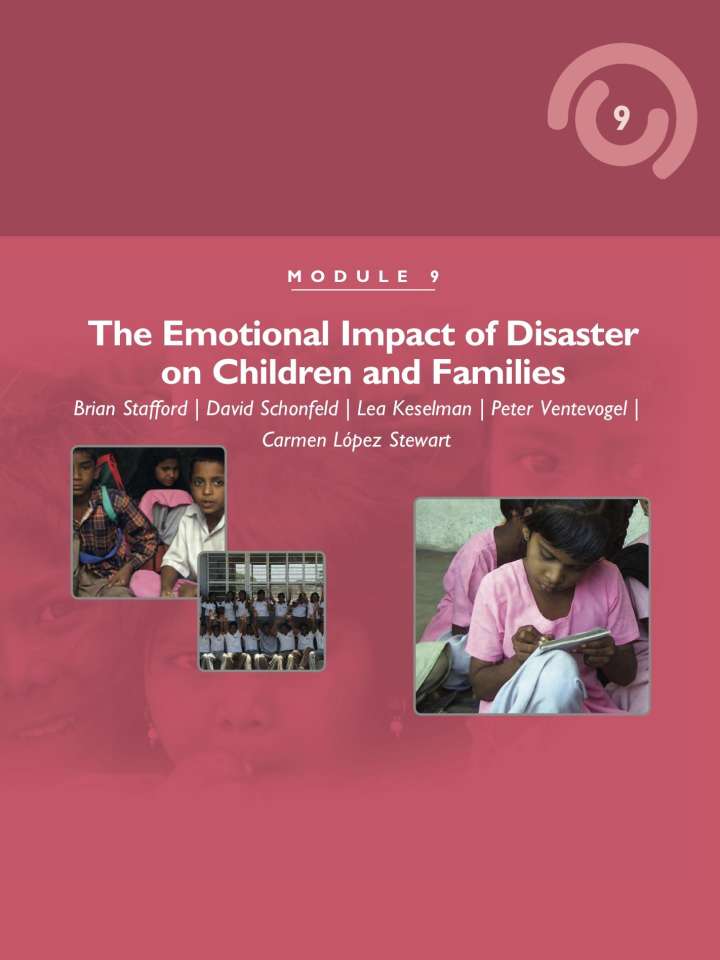The emotional impact of disaster on children and families
Disasters place affected populations in great danger. Only in recent years have we recognized the importance of emotional impact and its short, median, and longterm consequences. Children and adolescents are an especially vulnerable group, since the reaction to disaster in these age groups depends on their psychosocial developmental stage, individual characteristics, degree of emotional and affective dependency on adults, and previous experiences. In the aftermath of a disaster, an emotional response is expected in the pediatric population that can be considered a “normal reaction to an abnormal situation.” However, if the response becomes very intense or persistent, or the child has an increased vulnerability, more immediate specific support is necessary. The role of the pediatrician as part of the child-family-school-community chain is crucial, for he/she knows the physical and emotional needs of children in each developmental stage and represents an important source of information, support and help for the community, school, families, and children. Acknowledging and addressing emotional disturbances in the childhood population at an early stage is, to a great extent, the most effective way to prevent persistent and long-term disorders.
This module provides information on the emotional consequences of exposure to massive incidents among children and adolescents. It describes the criteria for the identification of more serious mental health disorders, and proposes strategies for the referral and management of children at different developmental stages.
Explore further
